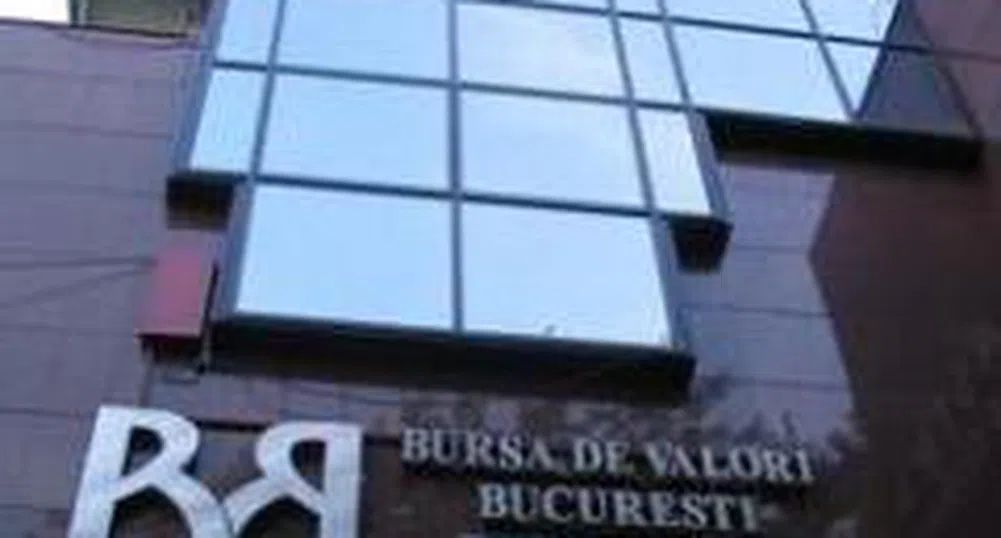Stock Exchange No Longer Representative for Romanian Market

The Bucharest Stock Exchange debuted in 1995 with less than ten listed companies, but ended up bringing over 120 issuers to the stock exchange in three years' time. If one adds the over 5,500 companies on the RASDAQ market, the capital market had the most representatives players in the economy in 1998, Ziarul Financiar reported.
Now there are 74 companies on the Stock Exchange and 1,300 on the RASDAQ market, most of which are inactive.
The Romanian stock exchange went more or less in the opposite direction to the Polish market, the main reference point in the region, so the gap between the two markets deepened even further instead of narrowing down.
The BSE and the RASDAQ market had a very large number of listed companies from the very first few years, as a result of the mass privatisation programme, but they did not manage to keep them on board because of poor legislation.
Many large companies, such as Dacia, Terapia, Arctic (on the BSE), and Sidex, cement plants, beer plants (on the RASDAQ market) were delisted shortly after being taken over by foreign investors.
Although Petrom, BRD, Transgaz and the SIFs (Financial Investment Companies) have joined the Stock Exchange in the meantime, the Romanian capital market can no longer be considered representative for the Romanian economy.
"The last 15 years have meant building a solid base for the Bucharest Stock Exchange. Unfortunately, not much has been built on top of this foundation," says Valentin Ionescu, the current general manager of the BSE.
)
&format=webp)
&format=webp)

&format=webp)
&format=webp)